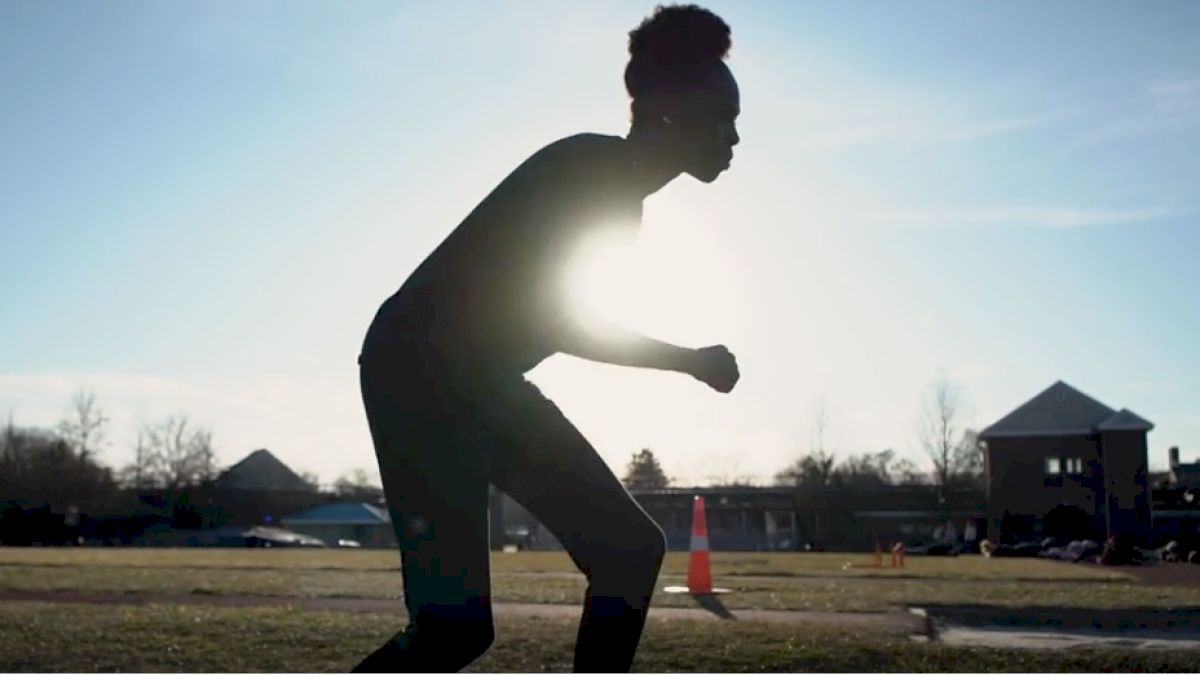Running For Beginners: 5 Tips To Get Started
Running For Beginners: 5 Tips To Get Started
The FloTrack team has some tips and tricks for those who are interested in running for beginners.

When I decided I wanted to run regularly, the first phrase that popped into my mind was "runner's high." That sounded great: a feeling of euphoria and confidence, a flood of endorphins, and more energy throughout the day. But when I finally laced up my running shoes and hit the road, I was wheezing, aching, and falling apart.
My job is to help you avoid the mistakes I made!
Running is an amazing and worthwhile activity, and if you start out the right way it can become a lifelong habit that helps you stay healthy, active, and fit. Here are some of the tips and tricks that I wished I would've known at the very beginning to avoid a few tough starts.
Before we get there, though, the foundation of starting the running life is figuring out why you want to run. So, why do you want to start running? Maybe it's to be a healthier person for your friends and family; maybe it's to lose a few extra pounds, get on Tinder (or whatever people are using these days), and tell your date how much you run. Whatever your reason, find one.
Here we go!
1. Set a (realistic) goal
When you're deciding to embark on any new endeavor, setting a realistic and concrete goal is a game-changer. Here's what we mean by "realistic" and "concrete."
Realistic: When I decided to start running, I was in terrible shape. I wasn't eating great, wasn't hydrating enough, and was playing way too much FIFA. If I had set an unrealistic goal — like, "I want to run a marathon in four months" — I was going to be doomed for the start. Probably two workouts in, I'd realize I was way out of my league and give up.
Concrete: Another thing I failed to do when I started running was set a concrete goal — something that could be measured. Instead of setting an abstract goal like, "I want to run a lot," or "I want to get in awesome shape," make the goal tangible and measurable: "This year I want to run 500 miles," or "I want to run at least three times per week for this year."
Before you get started, write down your goal and find a way to track your progress.
2. Find a partner, group, or accountability partner
Running in a vacuum is difficult, so try to connect to your network of friends and family somehow as you begin your new adventure. Or, better yet, use running to create new friendships by finding a local running group. But even if you don't have someone to run with or a group, the simple act of communicating whatever your goal is to someone else, like your spouse or a close friend, is very powerful.
3. Start small
Don't be the person who goes to a restaurant, orders six double-cheeseburgers because they think they're famished, but only manages to eat one and a half. With running, having eyes too big for your stomach is an especially painful process.
The worst part about starting off too aggressively with your runs is that there's a good chance you'll get dejected and quit. We don't want that to happen! Start very small, include rest days between active days, and don't be afraid to walk to finish a run if it's too much.
4. Run regularly, even when it's tough
Start. Stop. Start. Stop.
Beginning a new habit irregularly is a recipe for failure. Keeping in mind that you're starting small, do the absolute best that you can to do something a few times each week in the beginning. Half the battle is getting into the routine of putting on your shoes and going outside (or to the gym, or to your treadmill), so if you train your body and your schedule to fit these times into your week, then you'll find it easier to stay faithful to that routine once the beginning excitement wears off.
5. Be prepared with the right gear
Finding the right gear is an important part of running. Don't just grab your old gardening sneakers and think those will carry you a few miles on the trail:
Whatever you decide to buy, starting to run does not require a ridiculous amount of equipment or up-front costs. Even a great pair of shoes doesn't break the bank. Selecting the right gear is all about knowing your body, knowing what kind of climate and surface you'll be running on, and, of course, your aesthetic preferences.
Running is not, by definition, a walk in the park. There are going to be tough runs, tough days, and plenty of struggles ahead, but if you follow these steps and gently scale up your activity, you'll find the true joy in running.
Good luck!